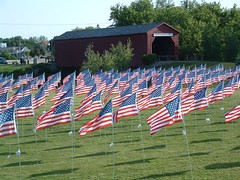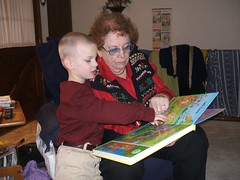As we strive to make libraries more relevant, some libraries are experimenting with arranging books, CDs, DVDs, etc. like they do in bookstores. A new library to open soon in Arizona claims to be the first in the nation to be arranged entirely independent of the Dewey Decimal System. The Perry Branch of the Maricopa County Library District in Gilbert will be organized in 50 sections, then subsections, from sports to cooking, gardening to mysteries, according to the Arizona Republic. Librarians are quoted as saying that people are defeated in their searching because “they don’t know Dewey.” The article further states that people want to search for books by subject. Hmmmm . . . . I thought Dewey was by subject.
The Perry Library is relatively small, 28,000 square feet, and will have 24,000 items. It is a joint use facility located in a school.
Several Minnesota libraries are experimenting with parts of their collections displayed as they are in Barnes and Noble. I have attended several conference programs on space arrangement and marketing, and whole-heartedly endorse the efforts to merchandise the materials in a more attractive manner than shelving everything so that all that is visible are long rows of dull-looking spines.
The article is unclear as to how the items will be arranged. What will happen when someone wants a specific book; is there a numbering or other classification system to assist in quick location? Are they using RFID? Certainly, library automation systems are capable of keeping track of just about any coding system they devise to designate location.
My most recent experience with finding something in my local Barnes and Noble bookstore ended in a fruitless search for a specific title. Even the salesclerk couldn’t find it (even though the B & N computer said they had several copies). I finally came home and ordered the book online.
The Maricopa innovation will be interesting to watch. Maybe I should take a field-trip to Arizona to research it first hand. ***smile***




